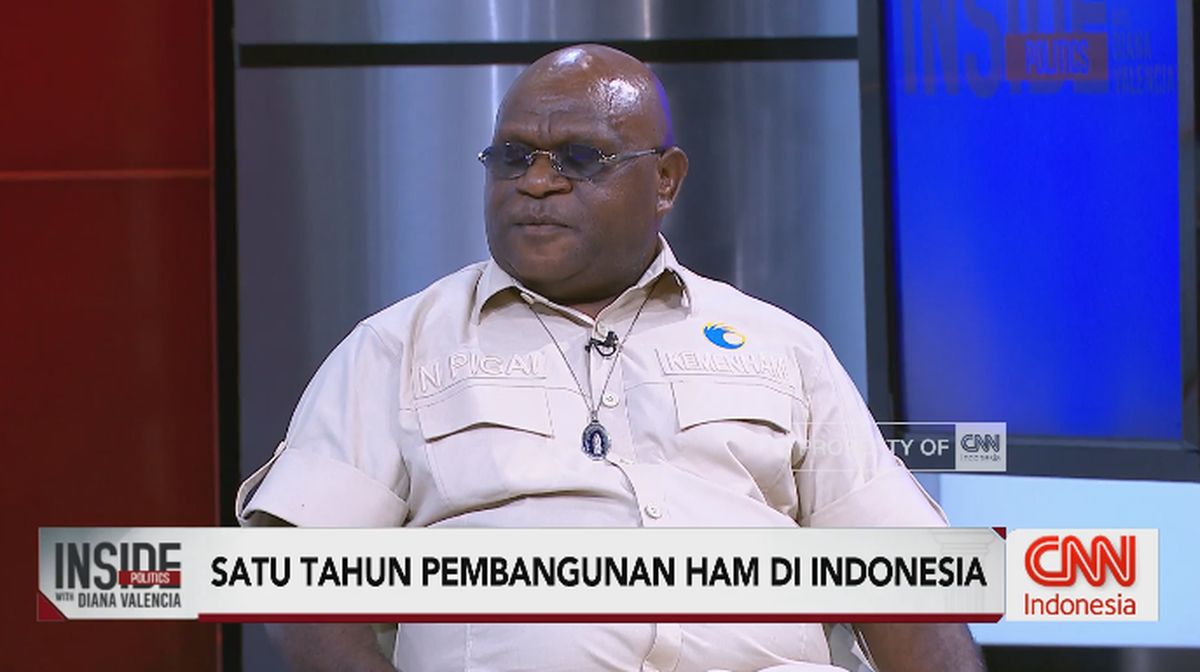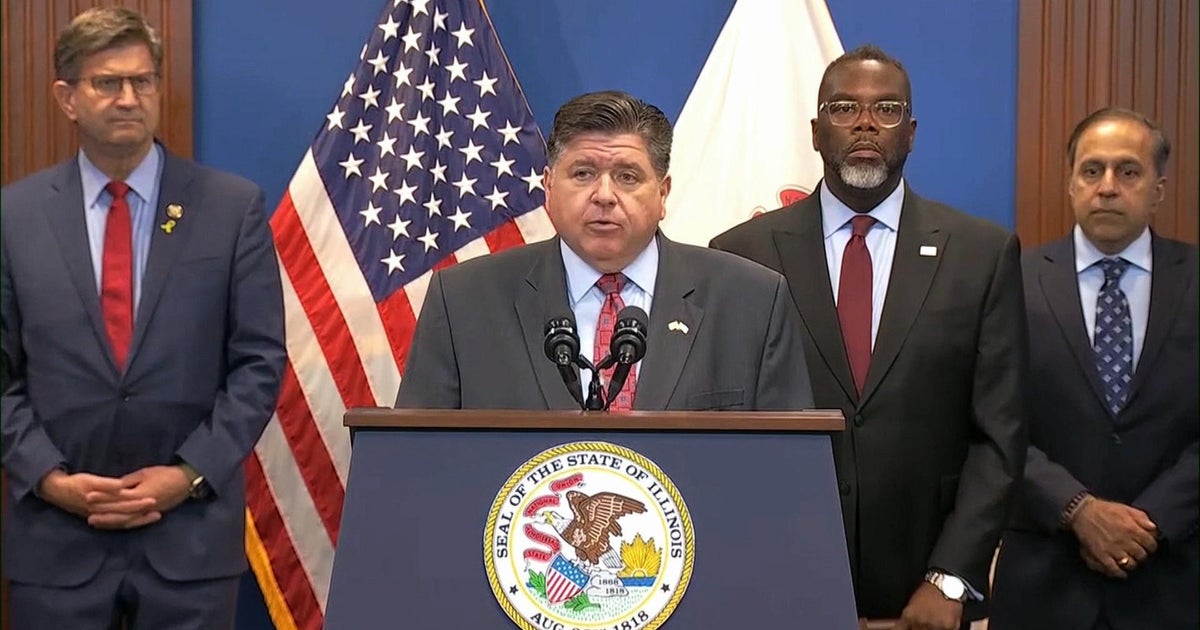Opinion
October 2, 2025 — 11.58am
October 2, 2025 — 11.58am
Past US government shutdowns have had only minor impacts on the economy and financial markets, but could this time be different?
That question looms large because this time the Trump administration enters a new financial year – the US government’s fiscal year starts on October 1 – without funding, against a backdrop of tremendous economic uncertainty, much of it created by its own trade and immigration policies.

US President Donald Trump could make this shutdown very different. Credit: Bloomberg
The unemployment rate was rising even before the shutdown, with as many as 750,000 government employees expected to be furloughed without pay and the administration threatening – unlike in previous shutdowns – to take the opportunity to sack very large numbers of them.
The inflation rate was also rising in the lead-up to the shutdown, which exacerbates the risk of stagflation.
Should Donald Trump carry out the threat to add significantly to the 300,000 or so government jobs cut during the DOGE assault on the federal bureaucracy earlier this year, the US Federal Reserve Board’s dilemma over whether to cut or hold rates will be made even more complex.
Loading
The Fed won’t be helped by the lack of economic data. The payroll report due this Friday, inflation data scheduled to be released on October 15, the unemployment numbers and retail sales, for example, will be unavailable if the closure of non-essential agencies is prolonged.
Whether the shutdown has material impacts on the economy and markets depends on its duration. The longer it continues, the more significant those effects are likely to be.
Past shutdowns have tended to be relatively brief and, therefore, have had minor economic and financial implications.
The 22 previous events over the past half-century ranged from three to 35 days, with an average length of about eight days. Generally, they had initial negative effects on sharemarkets and bond prices, but those effects were momentary and markets then returned to their pre-shutdown courses.
Because furloughed workers were eventually paid the wages that were unpaid during the period when they were furloughed, the effects on US GDP were also very modest, ranging from “lost” GDP growth of 0.1 percentage points to 0.4 percentage points.
The most recent shutdown, during Trump’s last term, was for 25 days between December 2018 and January 2019. It cost the US 0.4 percentage points of GDP, according to the Congressional Budget Office. That event, however, was only a partial shutdown of about 25 per cent of the government’s functions – Congress had previously passed five of the 12 appropriation bills needed to fund government agencies.
The disruption and damage caused by a shutdown isn’t confined to government agencies and their employees, some of whom will be deemed essential and will continue to work, albeit unpaid.
Government contractors and companies that rely on, or are exposed to, government services or business will also be affected, with some private sector companies likely to respond to a protracted shutdown by furloughing their own workers, many of them without pay.
Consumer confidence and spending are also likely to be undermined if the government agencies remain largely closed for routine business.
Loading
Consumer confidence has already been dropping as the jobs market has shrunk, inflation has risen, Trump’s tariffs on everyone (and, seemingly, everything) have been rolled out, and the eccentric and malicious character of the administration has been on display.
Foreign investors will also have new reasons to reduce their exposures to the US. The US dollar has been weakening all year – it’s down about 11 per cent – as the radical and erratic nature of the administration has become evident and, thanks to Trump’s One Big Beautiful Bill Act, America’s deficits and debt have swollen even further.
Gold, which has a negative correlation with the US dollar, has surged to record levels this year and momentarily hit another peak on Wednesday, before retreating slightly. Concerns about tariffs, inflation and US debt have seen the gold price soar about 47 per cent so far this year.
Historically, the dollar and the US bond market have been regarded as safe havens for global investors during times of uncertainty, even when that uncertainty and the perceived risk associated with it have been self-generated.
Bond yields did edge down on Wednesday, with the yield curve steepening – the yields on short-duration securities fell by more than those on the 10-year bonds – but the currency traded sideways.
Whether history is any guide to how this shutdown plays in the economy and markets is questionable, although that again depends on how long it lasts. Most US political pundits seem to believe there is a very real risk that this episode will be prolonged, given how polarised and dysfunctional the US political system has become.
The Democrats won’t readily give up their attempt to reverse the massive cuts to healthcare spending in the One Big Beautiful Bill, which would see tens of millions of Americans lose their health insurance or face steep increases in their premiums.
The Trump administration won’t easily relinquish those cuts and the hole it tears in the “Obamacare” healthcare reforms that they have long wanted to undo, nor will they want to waste the opportunity the shutdown gives them to drive their aggressive, smaller government and socioeconomic policies even harder.
If history is any guide, the shutdown and its impacts will be fleeting. With the Trump administration frenetically making and re-writing history, however, this time could be different.
Republican leaders have said they will negotiate a compromise with the Democrats on health insurance funding, but only after the Democrats agree to a short-term funding package without conditions. It would seem that the Democrats don’t want to relinquish their leverage, or perhaps they simply don’t trust the Republicans to make meaningful concessions.
Apart from the threatened mass firings, the administration has already frozen tens of billions of dollars Congress had allocated to states for “green” projects or, in New York’s case, transport projects. There’s an opportunity to punish Democrat-led states and cut off the funding for agencies and programs they don’t like, using the shutdown as the pretext.
Given the pre-existing fragility of the US economy, adding to the already lengthening queue of the unemployed, shrinking the federal government’s contributions to economic activity, and reminding foreign investors of how dysfunctional both the administration and the US political system are, is hardly conducive to economic stability and growth.
Loading
If the impasse between the two political parties is protracted and the economy shows signs of deterioration, the sharemarket, which is at record levels thanks to the AI boom (bubble?), could become vulnerable. Given how inflated valuations have become, any crack in the market could develop into something unpleasant.
The shutdown, like all those that have occurred before, may be brief and its consequences for the economy and market might be minimal. This administration is, however, very different from any of its modern predecessors and US politics and society is more polarised than it has been in the past half-century.
If history is any guide, the shutdown and its impacts will be fleeting. With the Trump administration frenetically making and rewriting history, however, this time could be different.
Most Viewed in Business
Loading


















































